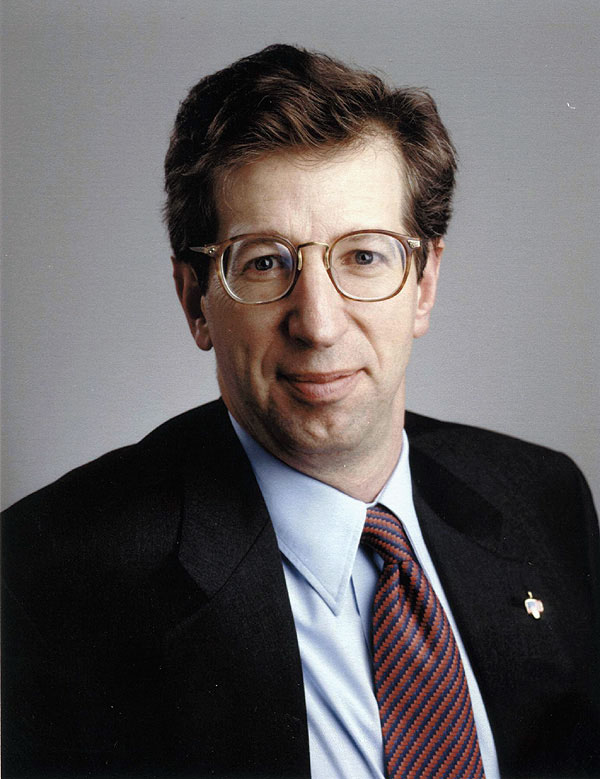The Rudin Way
By Al Barbarino January 14, 2014 1:00 pm
reprintsBill Rudin sits at the helm of one of the largest privately owned real estate companies in the city. Like much of the Real Estate Board of New York community, in addition to his firm’s undertakings, he often puts at the top of his agenda initiatives that might not always show immediate results but which are essential for the future success of the city. He has backed city initiatives aimed at bringing tech innovators to Downtown Manhattan, was a key figure leading the recovery after Hurricane Sandy and has served as chairman of the Battery Park Conservancy and the Association for a Better New York. As vice chairman and CEO of Rudin Management Company, Mr. Rudin oversees some 15 million square feet of commercial and residential space and most recently showed his ability to beat the odds in the redevelopment of the former Saint Vincent Hospital, where after a grueling seven-year process his firm is rapidly selling condos at the 200-unit complex Greenwich Lane. Mr. Rudin, a REBNY vice chairperson, spoke to The Commercial Observer about his current projects, REBNY, major real estate happenings over the last year and what needs to be done to keep New York City competitive.

What does REBNY need to focus on going forward?
Our overall competitiveness in terms of being able to attract and retain talent, infrastructure and affordable housing is a key issue that we need to address, and we need to continue to make New York competitive on a global basis. We also need to create jobs.
Are you looking forward to the REBNY banquet?
The REBNY banquet is a great place to get a lot of work done in a very short period of time because everybody’s there. You’ve got the brokers, the owners, the banks and a lot of people involved in the city. It’s a great opportunity to say hello to everybody, recount the last year and look forward to 2014.
What was it like witnessing the evolution of Downtown Manhattan after Superstorm Sandy?
The whole discussion after Sandy was about whether lower Manhattan would recover. And there were a lot of people who were skeptical. But there were also a lot of people who knew that the fundamentals of Downtown Manhattan were and are very strong. They also knew that with the type of ownership of the main buildings there and the institutional hands—whether it’s the real estate investment trusts or pension funds or real estate families—that there was capital available to reinvest in those properties.
Between all of the trophy building sales and Downtown Manhattan’s rebirth and progress at Hudson Yards and the World Trade Center site, there were a lot of positives in 2013. What does this say about the market climate?
I think it sends a very strong message that there’s a tremendous amount of capital flowing into the city, that there’s a sense that New York is one of the preeminent cities in the world and that it’s a global city. These types of investments are very positive and send a strong message for the future of New York.
There’s been a whole change and growth of almost every borough in this city, where you see economic activity, you see investment, you see housing being built and you see open space. You see the whole point of livable cities and trying to make the city the entrepreneurial and innovative capital. I think that’s something the new mayor will be focusing on: How do we grow and continue to attract the young firms that really have the potential to be a job growth engine for our city?


